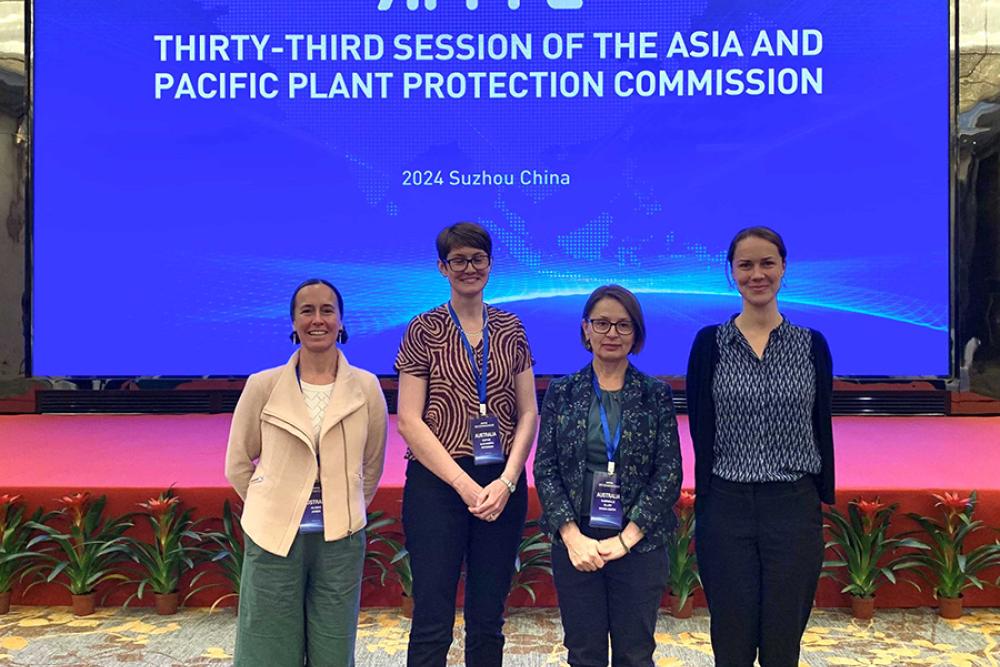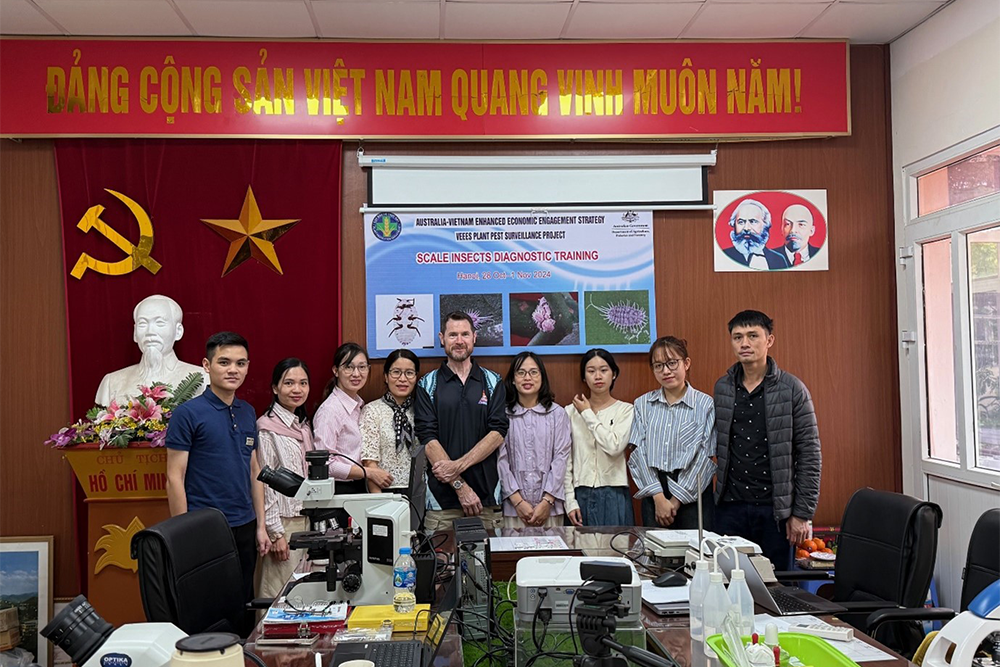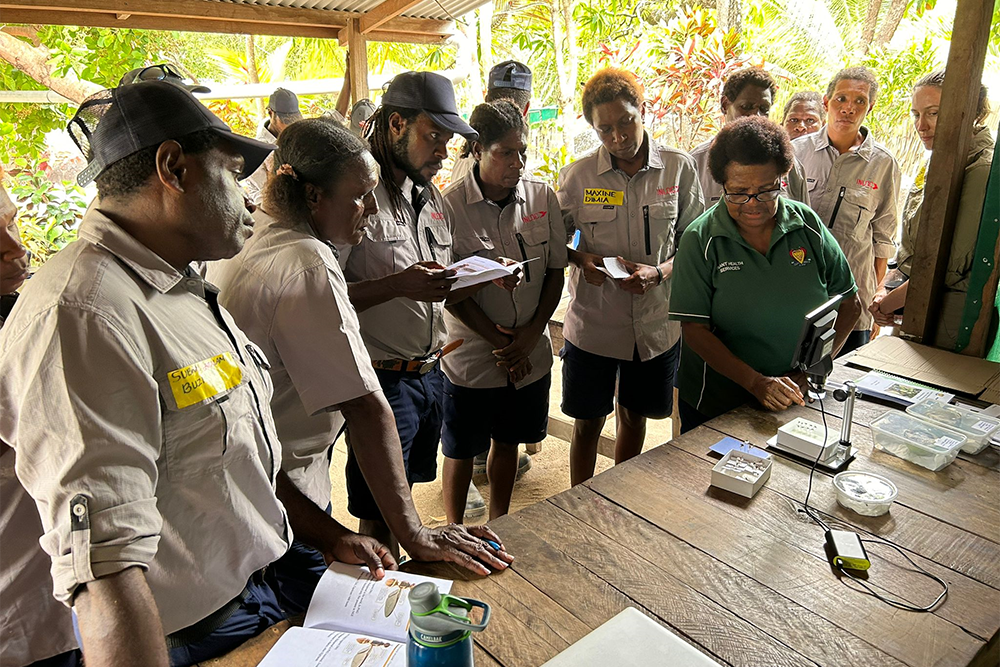The department’s international scientific collaboration has gone digital with international plant health surveys being conducted remotely for the first time in 2021-2022.
Australia’s Chief Plant Protection Officer (ACPPO), Dr Gabrielle Vivian-Smith, said it was a new approach to important scientific survey work which will help to protect our borders from ongoing biosecurity threats.
“The department’s International Plant Health Surveillance Program (IPHSP) and the Northern Australia Quarantine Strategy (NAQS) partnered with Papua New Guinea’s National Agriculture and Quarantine Inspection Authority (NAQIA) and Timor-Leste’s National Directorate for Quarantine and Biosecurity (DNQB) to deliver plant health surveillance activities,” Dr Vivian Smith said.
“Previously our scientists have travelled to PNG and Timor-Leste but travel restrictions meant that wasn’t possible this time. Instead our scientists developed a new remote model to assist colleagues in our neighbouring countries via messaging services—taking working from home to an international level!
“These multidisciplinary surveys brought together botanists, entomologists and plant pathologists to survey for weeds, pests and plant diseases in 2021.
“NAQIA and DNQB’s scientists were our eyes on the ground. They used survey equipment and resources from the department to collect specimens while our tech savvy NAQS officers provided diagnostic assistance through WhatsApp messaging in real time.
“The botany, entomology and plant pathology teams each had their own WhatsApp group to chat and share photos with the team in Australia. It was very interactive and allowed scientists to ask questions, request photos from a different angle or recommend getting a sample.
“The survey looked at plant species and pests from Australia’s National Priority Plant Pest list, the Exotic Environmental Pest List (EEPL) and NAQIA’s priority pest list.
“It aimed to provide Australia and our neighbouring counterparts with distribution data and early warning of priority plant pests in the region. This will assist with the management of Australia’s border as we further understand the different pathways by which pests and diseases reach our shores.
“The project was a great example of our international scientific collaboration, made possible by long standing relationships built over many years of conducting surveys together.
“I’d like to thank our NAQS team, who worked tirelessly to provide advice at all hours, and the NAQIA and DNQB teams, especially those in the field. Without their hard work, expertise and dedication the survey would not have been possible.
“Whilst digital media is no substitute to getting your hands dirty and seeing these pests and their impacts first hand, we have shown that we can still accomplish the important job of biosecurity monitoring right though a pandemic.
”I congratulate all on the successful rollout of this innovative new way of working together.”



